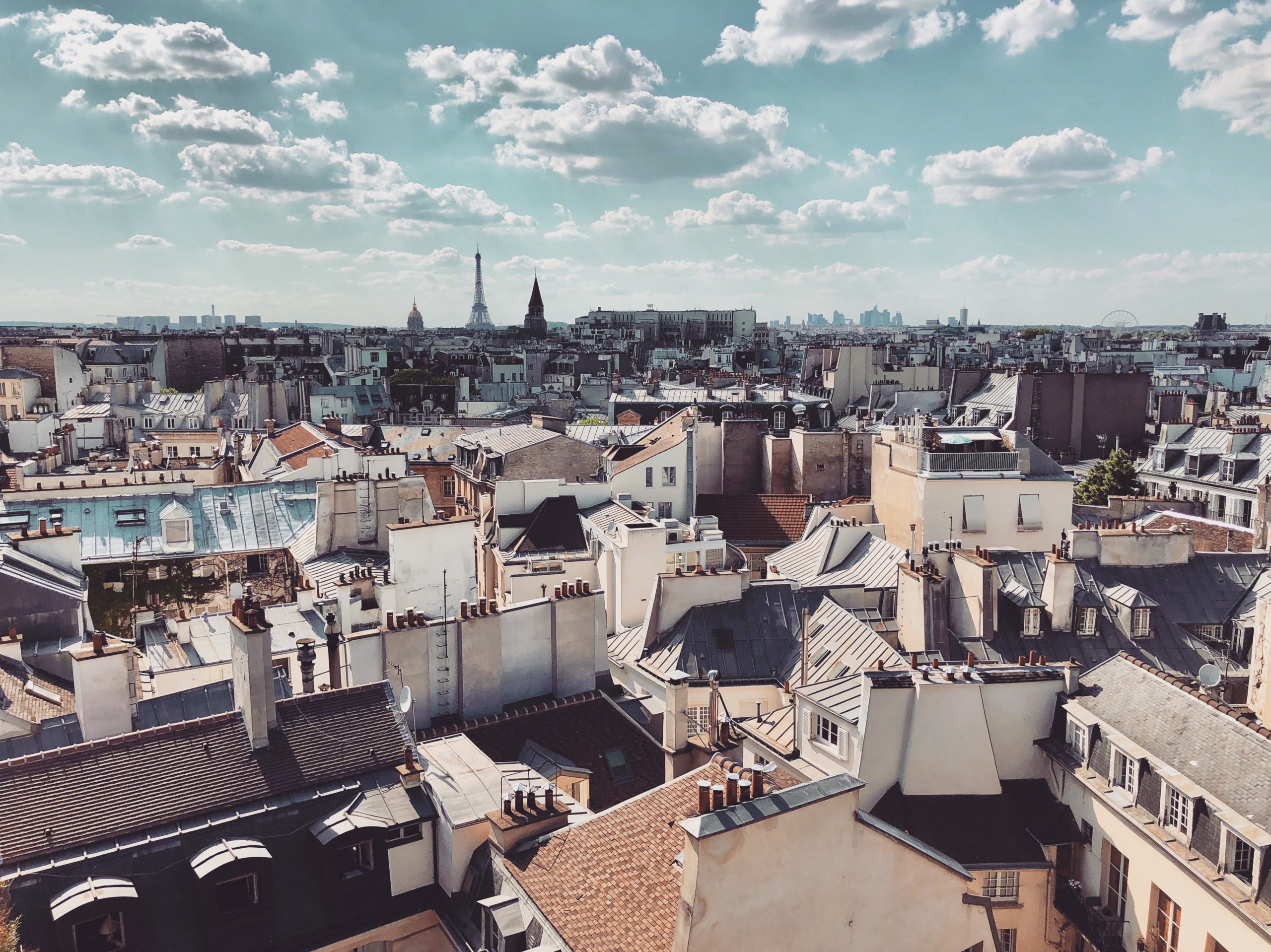COMPILE is a project led by the University of Ljubljana focused on showing the opportunities for the energy transition and decarbonization of remote areas or areas weakly connected to the grid. It focuses on fostering the creation of energy communities to transition from a centralized system into a flexible but secure decentralized network while enhancing socioeconomic benefits and developing new technological solutions.
What does energy communities mean?
Recently, energy communities have gathered the interests of the public and the scientific world.
The Energy community term refers to a wide range of collective energy actions that involve citizens’ participation in the energy system. In an energy community, citizens take ownership of their energy consumption and participate actively in the energy transition, thereby enjoying greater benefits. This approach makes it easier for citizens, companies, and local public authorities to collaborate and jointly invest in energy assets, resulting in a more decarbonized and flexible energy system [1].
Energy communities are not only about installing new renewable energy plants, but they follow a comprehensive approach that takes the energy transition as an opportunity to also tackle energy poverty, innovation, energy efficiency and grid stability. Within this scope, the awareness regarding the socioeconomic benefits that an energy community and renewable energy resources could bring to a community needs to be raised, as well as the attention of the citizens for energy efficiency, climate change and low carbon economy [2].
Some examples: COMPILE pilot sites
The COMPILE project is active on 5 pilot sites of different sizes, from single apartment buildings to cities.
Luče, Upper Savinja Valley, Slovenia
Luče constitutes a case of a rural low voltage network with a weak and unstable connection to the voltage grid.
The aim of the pilot project in Luče was to improve the situation for this small community increasing the self-sufficiency and security of supply of the local energy system. This was done with a collaborative approach: batteries and solar panels were installed and shared by all the citizens. In this way, the calibration of the electric grid of the area is improved and in cases of power failures the community can function independently. In doing so, the project also aimed at increasing the social cohesion and citizens’ engagement in their community.
Crevillent, Municipality of the Valencian Region Valley, Spain
In this site, the first steps of implementing a RES production in the area and obtaining socioeconomic benefits for the citizens were already advanced. The grid of the area is indeed managed by Cooperative Crevillent, which had already installed and integrated into their grid more than 75.000 PV panels in solar plants and 2.000 modules of PV panels on roofs. Moreover, the profits of the Cooperative are given back to the society with the improving of the Distribution Network technology and projects to improve the quality of life of the citizens such as a nursing home and free mortuary. Given that, the goals for this project site were to increase the level of self-sufficiency of the area with new PV roofs, improve the grid flexibility, and enhance social cohesion.
Križevci, Croatia
This pilot site consists of office buildings in an urban technology development center, part of the town Križevci. In 2018 and 2019 two PV systems of 30 kW each were installed within the facility and in a nearby library for self-consumption. The aim of this site was to create an energy community, increasing the PV production and improving the self-sufficiency of the buildings to ensure a reliable energy supply.
Lisbon, Portugal
In Lisbon the pilot site considers a residential quarter with 8 buildings. 9 kW of PV panels have been already installed to cover the energy needs of the condominium common areas. They also have two private EV charging points. With the help of COMPILE methods and tools, the households’ owners want to create an energy community, investing collectively in the installation of more PV panels in order to share the energy among themselves. The site will also be an energy community role model for Portugal.
Rafina, Municipality of Rafina-Pikermi, Greece
Rafina is a port town that has a population of 20.000 citizens, and it is spread over 40.000 km2. It is mainly supplied from the main energy grid, with only a few small private PV systems already installed. There is a new energy law enabling the creation of energy communities and public buildings available for RES integration. So, the aim of this COMPILE pilot site is to spread awareness on the energy community topic and reduce the dependence of the town from the main grid, eventually forming an actual energy community between the interested citizens and the municipality.
SOURCES
1. https://energy.ec.europa.eu/topics/markets-and-consumers/energy-communities_en


Thank you but it seems houses are too close to each other like this